A drone helped archaeologists discover a lost Florida island settlement
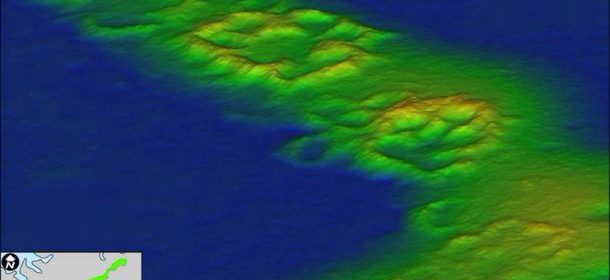
A drone helped archaeologists discover a lost Florida island settlement
A major pre-Columbian settlement in Florida has been discovered by archaeologists using the latest drone and radar technologies.
They find what seems to be a significant settlement on the Raleigh Island. The experts have found proof that could change Florida’s and neighbouring states’ history.
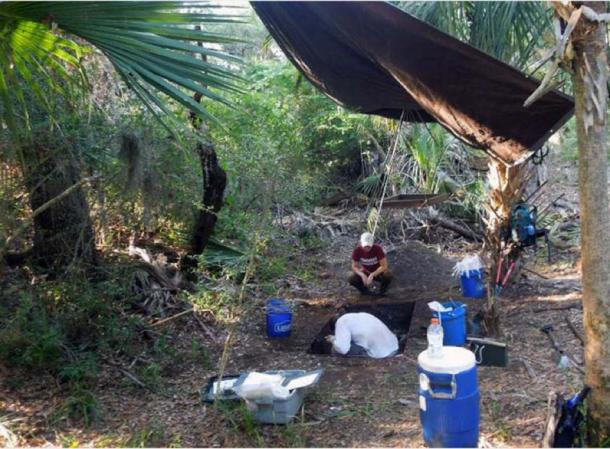
The settlement was located on Florida’s northern Gulf Coast. There was an archaeological site identified in 1990. The Daily Express reports: ‘In 2010 a subsequent survey of the region revealed the presence of a settlement dated from 900 to 1200 CE.’
The location on the island was however covered with dense foliage and it was impossible to examine.
‘When researchers first tried land surveys to assess the settlements, they found roadblocks because of their dense foliage.’ Reported The Guardian.
A Drone Survey for Discovery
University of Florida archaeologists, Professor Ken Sassaman and Ph.D. candidate Terry E Barbour, decided to investigate Raleigh Island using the latest LiDAR technology. This is a technology that uses invisible laser beam pulses to detect objects on the ground.
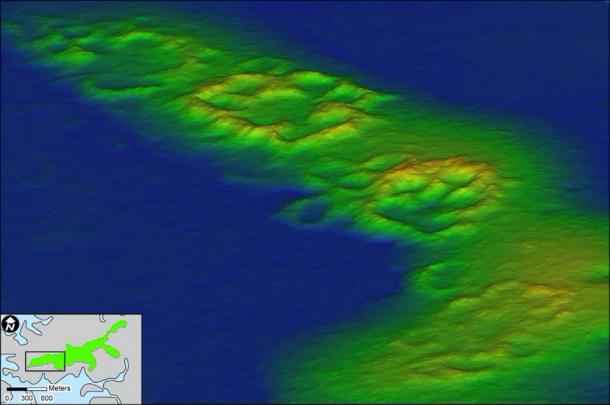
The LiDAR technology was mounted on drones and these were flown over the areas previously identified as having potential archaeological significance.
It allowed the archaeologists to detect shapes between the gaps in the wood and foliage. This enabled the two archaeologists ‘to create detailed 3D maps of the surface of Raleigh Island,’ reports The Guardian .
The Ancient Settlement with Piles of Shells
What they found was amazing. Barbour and Sassaman stated that they had discovered the remains of 37 dwellings ‘enclosed by ridges of oyster shell,’ according to The Guardian . The ridges of shells are up to 4 meters (12 ft.) high.
There have been 10 test digs carried out at the sites since they were identified. The settlement is of an extent that is ‘without parallel in the Southeastern United States,’ according to the study published in PNAS.
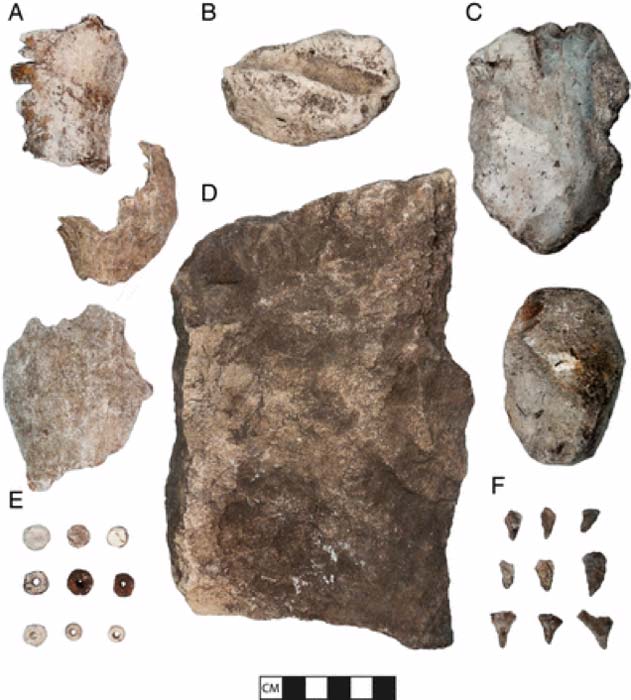
Numerous beads that were made from shells were also found during the test digs. The PNAS study reports ‘excavations in 10 of these residential spaces yielded abundant evidence for the production of beads from the shells of marine gastropods’.
Some of the tools used to make these beads were also uncovered and it seems that the households mass-produced these items.
The Importance of Ritual Wealth
Based on historical precedents it appears that the shell beads were not a form of currency but rather what is known as ‘ritual wealth’ according to The Guardian . The beads were used by chiefs in their political interactions and were possibly used to demonstrate their power and prestige. These items were used to forge reciprocal relationships with other tribe members and other groups.
Mollusk shells were traded far and wide, even in areas that were far from the Gulf coast. These shells were then turned into beads by craft persons on the order of local chiefs.
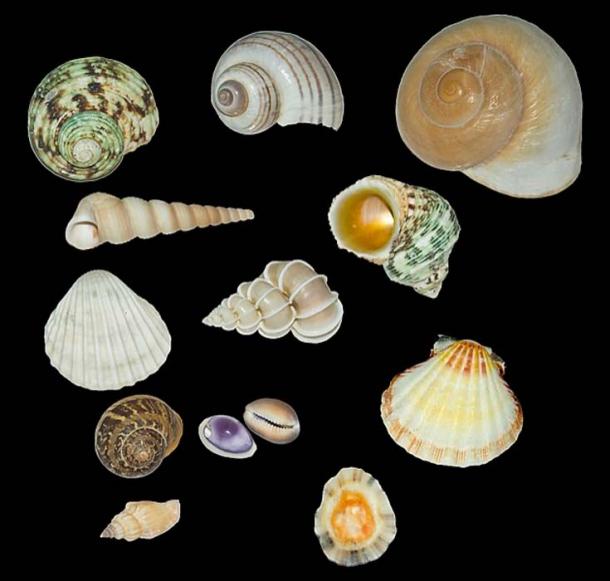
According to PNAS, ‘ Bead making at Raleigh Island is exceptional not only for its level of production at the supply end of regional demand but also for being outside the purview of chiefly control’. This would indicate that the village was not a hierarchical society , but one where households had a great deal of autonomy.
Tocobaga Indians Probably Built the Settlement in Florida
The builders of the settlement are not known, but it seems that they were Tocobaga Indians. They ‘ lived in small villages along the west coast of Florida, in the Tampa Bay region, from 900 to the 1500s,’ according to the Daily Express . They were known as fishermen and traders.
In 1528, the Spanish arrived – bringing a number of diseases, such as smallpox, with them. The Europeans also committed countless acts of violence against the Tocobaga. Within 100 years of the arrival of the Europeans , the tribe was extinct.
However, it is possible that the settlement that was found on Raleigh Island may predate the arrival of the Spanish and was abandoned long before the arrival of the Europeans.
The settlement found on Raleigh Island is ‘unprecedented in its architecture, its scale of bead production, and its place in regional geopolitics,’ according to PNAS.
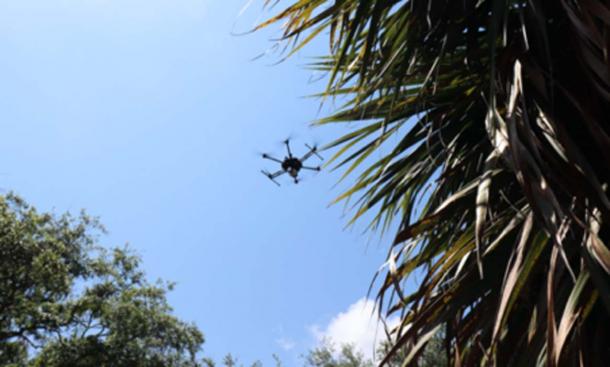
It is allowing researchers to better understand the history of the area. Moreover, the discovery of the village is demonstrating the importance of drone and LiDAR technology for archaeologists in difficult environments.